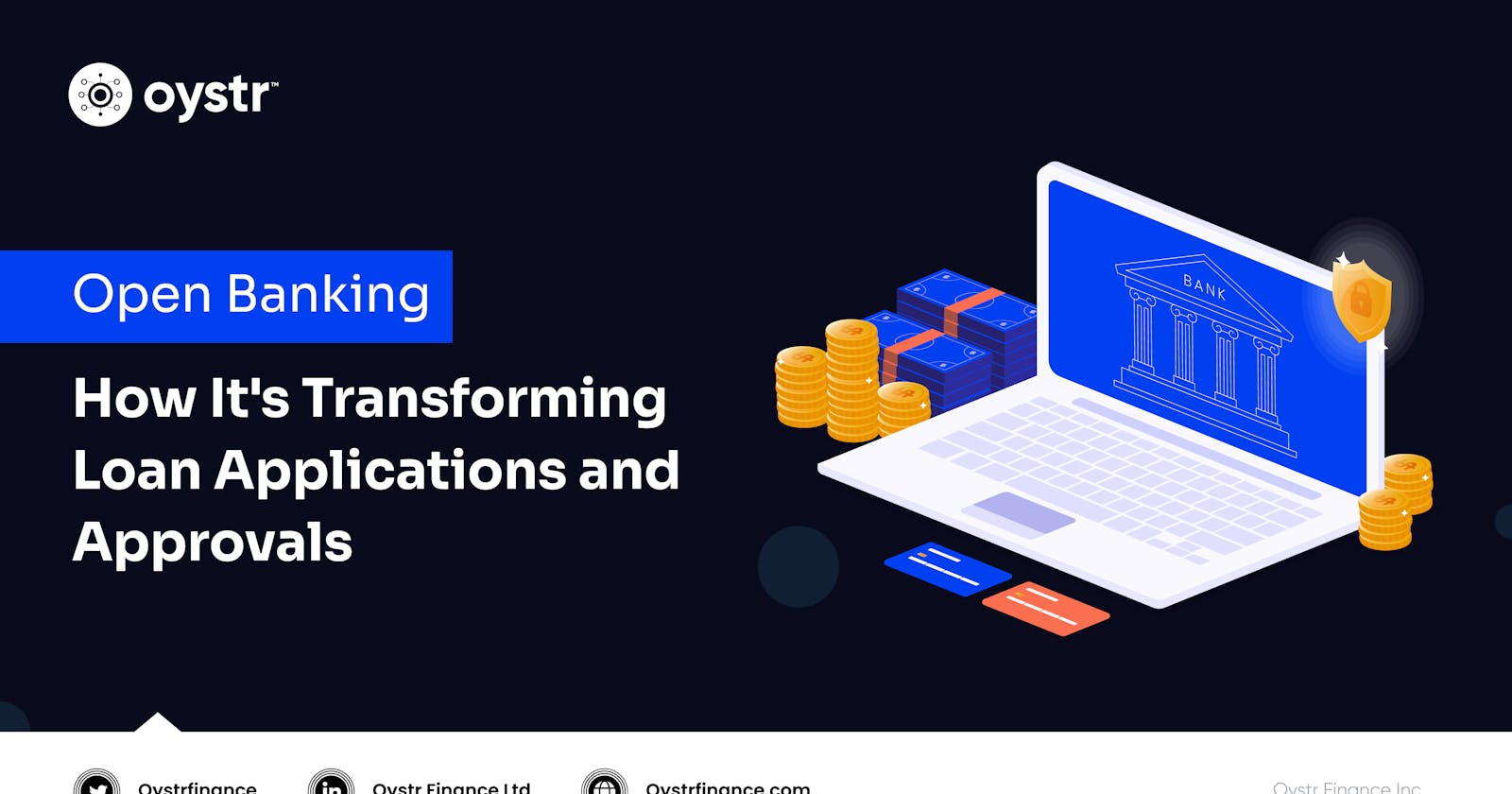Open Banking is a concept that is rapidly changing the financial industry. It involves securely sharing financial information electronically, typically using Application Programming Interfaces (APIs), between financial institutions and third-party service providers. This exchange of data enables the development of innovative financial products and services, ultimately benefiting consumers.
The core principle of Open Banking is empowering individuals and businesses by giving them greater control over their financial data. By authorizing third-party providers access to this information, customers can enjoy a more personalized and streamlined banking experience.
This includes comparing products, managing finances across multiple accounts, and accessing a wider range of financial services tailored to specific needs. The impact of Open Banking is far-reaching, it fosters competition in the financial sector as third-party providers can develop new and innovative solutions that challenge traditional banking models.
This increased competition can lead to better pricing, more diverse product offerings, and improved customer service.
Addressing Challenges and Concerns in Open Banking Loan Applications
Open banking has revolutionized the loan application process, providing consumers with more transparency and control over their financial data. However, this new paradigm has also introduced some challenges and concerns that need to be addressed. One key issue is data privacy and security.
Consumers may be hesitant to share sensitive financial information with multiple institutions, fearing potential data breaches or misuse. Robust data protection measures and clear communication around how the data will be used and secured are essential to building trust. Another concern is the complexity of the application process.
While open banking aims to streamline the loan application, the need to navigate multiple platforms and provide authorization for data sharing can be daunting for some consumers. Simplifying the user experience and providing clear guidance can help alleviate this burden. Regulatory compliance is also a crucial consideration.
Lenders must ensure their open banking practices align with evolving regulations, such as the Nigerian Data Protection Regulation (NDPR) and local financial services laws. Staying up-to-date with regulatory changes and implementing compliant processes can help mitigate legal risks. Finally, integrating open banking data into credit risk assessment models is a complex challenge.
Lenders must carefully evaluate the reliability and predictive power of this new data source to ensure fair and accurate loan decisions. Ongoing monitoring and refinement of these models are essential.
The Future of Loan Applications in the Open Banking Era
Open banking has ushered in a new era of financial services, transforming the way consumers apply for loans. With increased data sharing and integration between financial institutions, the loan application process is becoming more streamlined, efficient, and personalized.
In the open banking landscape, lenders can access a wider range of customer data, including transaction histories, credit scores, and financial behaviors. This data-driven approach enables lenders to make more informed and accurate credit decisions, leading to faster loan approvals and more tailored loan products.
Furthermore, open banking facilitates the integration of third-party financial services, allowing borrowers to seamlessly compare loan offers, apply for financing, and manage their repayments through a single platform. This level of transparency and convenience is expected to enhance the overall customer experience and drive increased adoption of digital loan solutions.
As the open banking ecosystem continues to evolve, we can anticipate the emergence of more innovative lending models, such as peer-to-peer lending and crowdfunding platforms, further disrupting the traditional loan application process. The future of loan applications in the open banking era promises to be more efficient, personalized, and customer-centric.
Conclusion:
The open banking revolution has ushered in a new era of seamless loan experiences for consumers. By embracing this transformative shift, financial institutions can leverage the power of data sharing and secure connectivity to streamline the loan application and approval process.
Open banking enables lenders to access a wider range of financial data, providing a more comprehensive understanding of a borrower's financial profile. This, in turn, allows for more accurate risk assessments and personalized loan offerings, ultimately leading to faster and more efficient loan decisions.
Furthermore, the integration of open banking technologies can significantly enhance the customer experience. Borrowers can now enjoy a frictionless, digital-first journey, with the ability to securely share their financial information and receive tailored loan recommendations in real-time.
As the open banking revolution continues to gain momentum, financial institutions that adapt and embrace this new paradigm will be well-positioned to meet the evolving needs of their customers and stay ahead of the competition.

